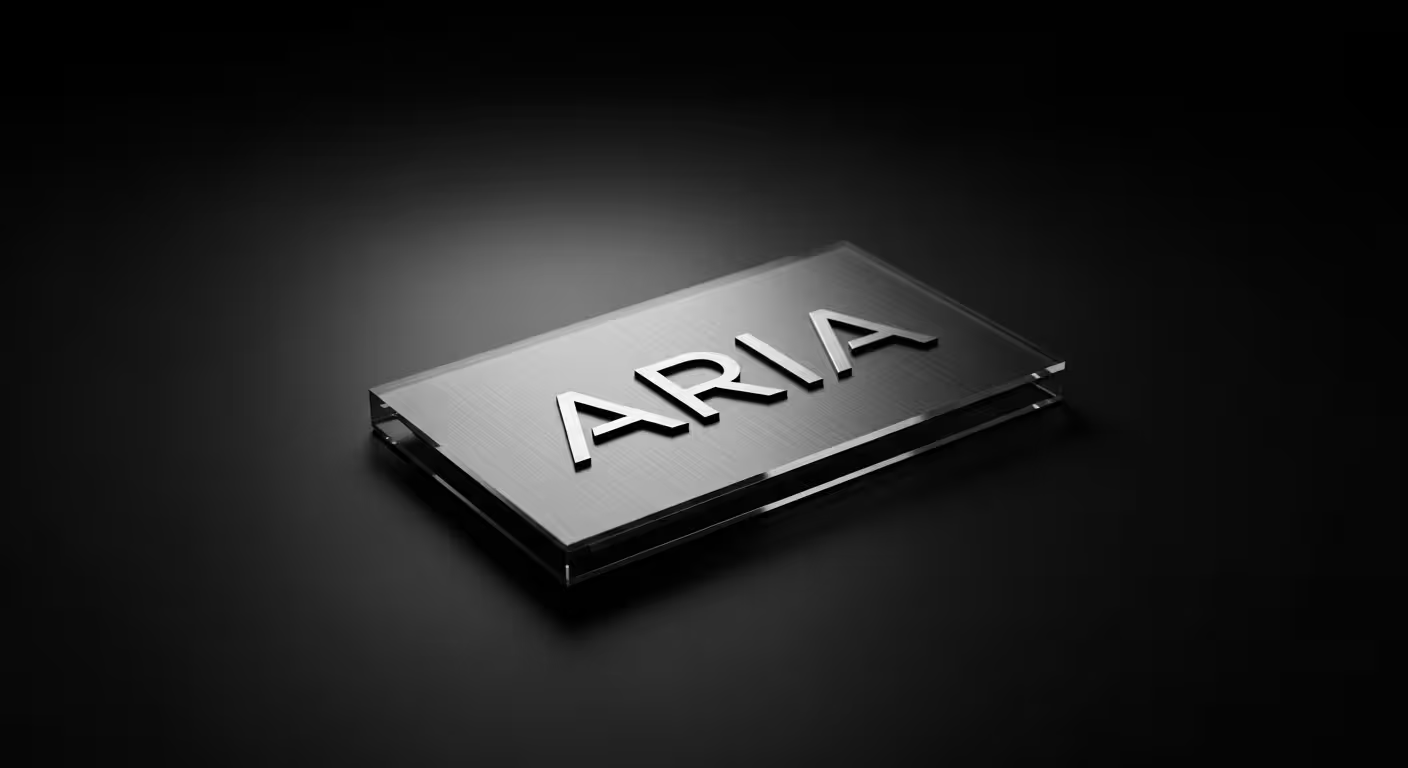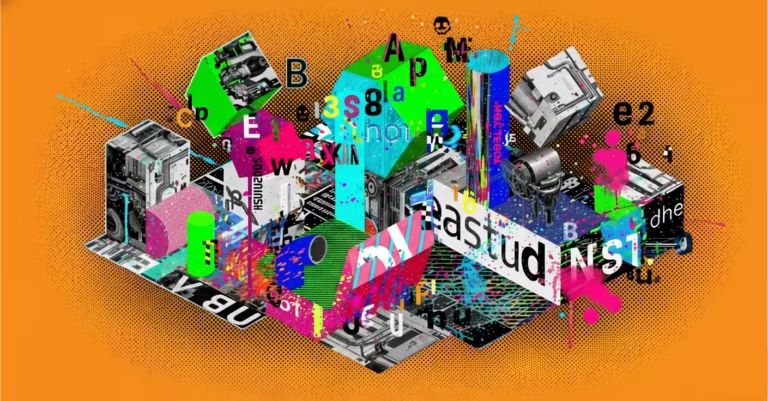Imagine trying to explore a busy city without street signs, building numbers, or clear access points—confusing, to say the least. For people who use screen readers, visiting a website without properly defined ARIA tags can be just as bewildering and frustrating.
ARIA, or Accessible Rich Internet Applications, is a specification created by the World Wide Web Consortium (W3C) to bridge this gap, providing crucial cues and structure for assistive technologies so users with disabilities can more easily interpret and interact with web content.
If you want to dive deeper into what ARIA tags are and why they matter, the Mozilla Developer Network offers an accessible rundown on ARIA’s role in transforming web experiences for people with disabilities; this resource is ideal if you’re just starting to learn about web accessibility and how ARIA makes applications more navigable and meaningful Read MDN’s ARIA Accessibility Guide.
Mastering ARIA tags is now an essential skill for anyone aiming to create fully inclusive digital spaces. These attributes—added to HTML—don’t change a site’s visual design but instead mark up behind-the-scenes details like the role (is it a button or a link?), state (is it selected or disabled?), and properties (what’s it called or labelled as?) of elements, helping screen readers narrate each component accurately.
For a simple breakdown of what ARIA tags achieve and how they close gaps in accessibility, especially on forms and interactive websites, check out this guide from AEL Data, which provides straightforward explanations and examples for beginners: Why are ARIA labels crucial for your website’s accessibility?.
In recent years, AI-powered tools have begun to revolutionise how we check for, implement, and maintain ARIA tags, offering automated accessibility audits and smart recommendations—making it easier than ever to build websites that welcome everyone.
A Brief History: The Road to ARIA
Imagine trying to explore a busy city without street signs, building numbers, or accessible entrances—it would quickly become overwhelming and confusing.
For users who rely on assistive technologies like screen readers, a website without well-implemented ARIA tags creates a similar experience, making it difficult or sometimes impossible to navigate digital spaces.
ARIA, which stands for Accessible Rich Internet Applications, is a specification from the World Wide Web Consortium (W3C) that provides essential structure and descriptions to web content, helping users with disabilities interpret and interact with websites more effectively.
If you’re seeking a clear, introductory explanation of ARIA and its foundational role in web accessibility, the Mozilla Developer Network offers a straightforward guide. This resource walks you through how ARIA tags function as “extra signposts” for screen readers, improving navigation and overall usability—ideal for beginners looking to grasp why accessibility matters Read more about ARIA at MDN.

Mastering ARIA tags has become a core skill for anyone serious about creating inclusive digital environments. ARIA attributes—added directly to HTML—provide behind-the-scenes roles, states, and properties that define each element’s function and context, from whether something acts as a button or link, to its current status like selected or disabled.
These descriptors ensure screen readers narrate web pages accurately, making interactions intuitive for all users. For a simple, step-by-step breakdown illustrating how ARIA labels make web content—and especially forms—clear and accessible, check out this concise guide from AEL Data.
Here, you’ll find practical explanations, real-world cases, and clear justification for why ARIA is vital in modern web design Discover ARIA’s benefits at AEL Data.
The adoption of AI-driven tools is further transforming accessibility, offering automated checks and guidance to help developers implement ARIA tags correctly—making building welcoming websites easier than ever.
Why ARIA Tags Matter More Than Ever
ARIA tags matter now more than ever because today’s web is increasingly driven by sophisticated AI interfaces and complex JavaScript apps, which often lack native accessibility features. With so much dynamic content being generated—including interactive forms, menus, and widgets—there is a growing need to provide clear context for assistive technologies so everyone can navigate and use digital spaces effectively.
You can read more about how the newest ARIA specifications keep pace with these advanced technologies and why they’re critical for inclusive design in this 2025 overview: ARIA Labels for Web Accessibility: Complete 2025 Implementation Guide—this resource highlights both technical best practices and the real-world impact on users living with disabilities.
Beyond technology, the legal and ethical expectations around accessibility are intensifying globally. Standards like WCAG 2.2 are now referenced in thousands of legal cases, and regulators are raising the bar for compliance, not just as a protective measure but as a way to reach and serve wider audiences.
The following video from Coding2Go explains why ARIA files are a critical addition to your website.
As businesses look ahead to future web standards, robust ARIA implementation supports not only compliance but also SEO, since search engines increasingly value accessibility and user experience signals.
If you’re exploring modern trends that set apart successful brands, improving your ARIA tag practice is a forward-thinking step—with guides like this comprehensive WCAG and ARIA explainer illustrating how ARIA supports accessibility and visibility online: Mastering ARIA Attributes: Clearer Coding For Better Web Accessibility.
Proper use of ARIA tags will ensure your site stands out as user-friendly and compliant for years to come.
ARIA and the AI Revolution: A New Generation of Tools
The landscape of accessibility is being transformed by advanced AI platforms that automate much of the heavy lifting previously required for web compliance and usability.
These tools do more than scan for issues—they actively help developers and content teams implement, audit, and maintain ARIA attributes with unprecedented speed and precision.
For example, modern platforms like AllAccessible offer automated testing and live monitoring for ARIA tags, meaning your site can meet strict standards without exhaustive manual checks.
Their service not only checks for missing labels or roles but can intelligently suggest remediations and flag content that needs improvement. You’ll find more details on their revolutionary AI-driven workflows that simplify ARIA compliance here: ARIA Labels for Web Accessibility: Complete 2025 Implementation Guide. This guide explains how automation brings real-time WCAG compliance and makes continuous accessibility audits practical for even large sites.
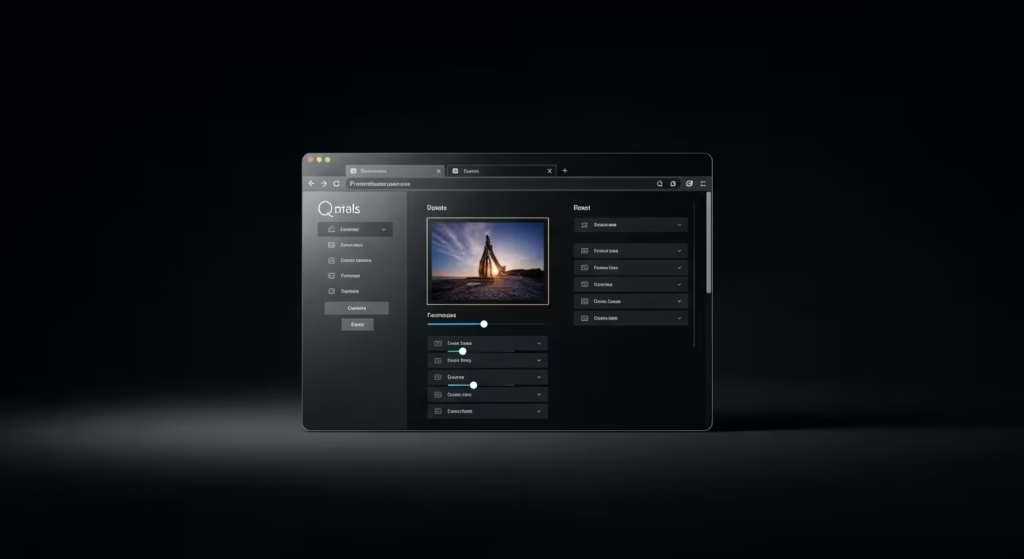
In 2025, testers and developers can also use solutions like BrowserStack Accessibility and Mabl Agentic AI to speed up workflow scans, group alerts by type, simulate user experiences, and integrate AI accessibility checks into standard CI/CD processes for websites and apps.
For instance, BrowserStack offers comprehensive monitoring with instant issue prioritisation and guided fixes for ARIA attributes—so developers know exactly what needs attention and why. If you want practical information about automating your ARIA testing and see feature comparisons of today’s top accessibility AI platforms, check out this current round-up of leading tools and their capabilities: Top AI Accessibility Testing Tools to Try in 2025.
By harnessing these AI-powered platforms, web teams are empowered to deliver sites that work well for everyone, while keeping pace with dynamic content and future standards.
ChatGPT Atlas and ARIA Tags
When building websites using advanced AI-powered tools like ChatGPT Atlas, integrating ARIA tags from the start is a game-changer for accessibility. By crafting precise prompts, designers and developers can instruct Atlas to generate accessible design patterns complete with robust ARIA labels and descriptions—ensuring every web component provides clear navigation cues for assistive technologies.
This approach automates much of the accessibility markup process, laying a solid foundation for compliance and inclusion right out of the gate.

OpenAI’s official roadmap for Atlas specifically highlights guidance for website owners on how to add ARIA tags so the browser’s agent mode can interact with site content more accurately. Incorporating ARIA attributes not only improves browsing for users with disabilities but also helps AI agents understand webpage structure, reinforcing both usability and discoverability.
For a closer look at how this integration works in practice—and how it can help your site perform better with next-generation AI browsers—check out the feature announcement at Search Engine Journal, which details improved developer tools, support for multi-profile management, and the critical role of ARIA tags in enhancing agent capabilities within Atlas. Read the announcement about Atlas ARIA guidance and developer tools.
Ensuring accessible markup with ARIA when using ChatGPT Atlas isn’t just about compliance—it’s a proactive step towards making your website and brand ready for the AI-driven future of the web.
Perplexity Comet and Accessible Content
Perplexity Comet stands out for developers eager to produce accessible content thanks to its sophisticated understanding of complex site structures and built-in accessibility-focused workflows. The browser’s Comet Assistant makes it easy to guide AI content and code generation towards screen reader optimisation, whether you’re working with intricate layouts or interactive interfaces.
By prompting Comet to add the correct ARIA landmark roles and live region attributes, developers can automate vital accessibility markup early in the build process and ensure consistent, compliant experiences from the outset.
The most recent technical guides confirm that Comet is built on Chromium, making it compatible with existing Chrome extensions and familiar accessibility tools, while its AI assistant goes further by summarising articles, handling file uploads, and proactively responding to accessibility requirements as you work.

For a detailed look at how the browser streamlines these advanced workflows and how Perplexity prioritises structured ARIA attributes to support screen readers, you can consult this July 2025 review, which fully explains what makes Comet’s approach unique for accessibility-minded teams: Explore how Perplexity Comet empowers accessible development.
With Perplexity Comet, developers have a practical, AI-powered ally for optimising ARIA tags and unlocking truly inclusive digital spaces.
Google Gemini’s Accessibility Tools
Google Gemini’s accessibility tools are at the forefront of intelligent web design, offering deep insights and practical recommendations for ARIA tag optimisation. Gemini analyses your site architecture and actively identifies missing ARIA roles, properties, and landmark regions within your existing code—making it easier for developers to ensure their websites are accessible to everyone.
This real-time guidance is particularly valuable as Google’s accessibility standards, showcased in Gemini-powered updates for Android and Chrome, now help screen readers deliver rich, interactive descriptions that adapt to both static and dynamic content.
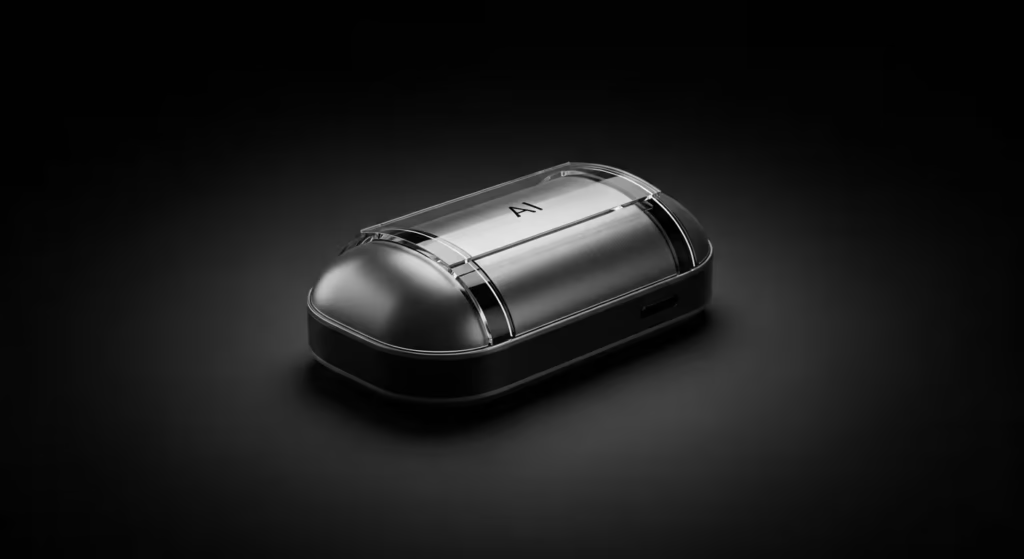
Gemini streamlines the process by enabling developers to get instant, actionable feedback on accessibility compliance, bridging gaps between design intent and real-world usability. Features like the AI-enhanced TalkBack screen reader let you ask questions about content structure, making ARIA markup even more essential for meaningful responses.
Developers who take advantage of these recommendations strengthen their sites for both accessibility and search performance, since Google’s algorithms increasingly prioritise user experience signals.
For a recent overview of Gemini’s role in accessibility, as well as direct examples of how ARIA tagging aids in universal access and optimisation, the Global Brands Magazine provides an excellent breakdown in their May 2025 update: How Google Gemini Is Making the Web More Accessible for Vision and Hearing.
This resource illustrates why AI-driven ARIA guidance has become paramount in today’s evolving digital ecosystem.
Manus AI and Streamlined Workflows
Manus AI brings a new level of automation and efficiency to large-scale web development projects, especially for teams focused on accessibility.
Its intelligent agent system can independently audit codebases for ARIA compliance, quickly flagging missing roles, poorly implemented properties, and other accessibility errors that might otherwise be overlooked.
By streamlining this process, Manus AI enables developers to proactively resolve issues and maintain a continuously high standard for accessible design.
This autonomous approach ensures that complex tasks—like reviewing expansive, multi-page websites—are handled systematically, with Manus providing actionable feedback and suggestions in real time.
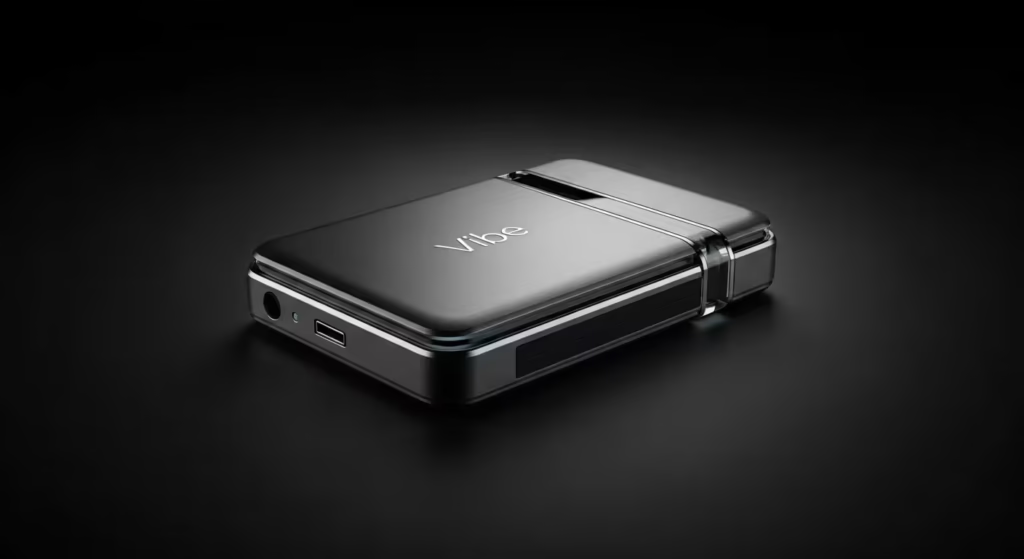
Teams adopting Manus benefit from its capacity to function almost like a digital accessibility analyst, reducing manual workload and making compliance scalable even in the largest digital environments.
For a clear summary of Manus AI’s analytical workflow and how it is designed to help teams automate critical web accessibility checks, you can find a recent overview in the Bay Tech Consulting Analytical Guide.
This May 2025 guide details how Manus AI is reshaping modern web development with systematic audits and accessible workflow automation: Read the Manus AI Analytical Guide here.
Adopting Manus is a proactive solution for development teams looking to meet the highest standards for ARIA and universal usability.
ZAI’s Comprehensive Audit
Z.AI stands out for its thorough, AI-driven approach to accessibility audits, going well beyond simple objective checks for ARIA markup. The platform comprehensively analyses each interactive element’s context, reviewing whether ARIA roles, states, and properties are both present and accurately implemented.
This level of detail is crucial for achieving a truly accessible user interface, as correct ARIA attributes provide screen readers and other assistive technologies with the dynamic information they need to announce, interpret, and navigate web content.
Unlike basic audits, Z.AI examines whether dropdowns reflect their expanded or collapsed states, live regions communicate important updates, and other elements maintain consistent ARIA behaviour across your site. The result is an actionable report that highlights gaps or inconsistencies and gives developers clear recommendations on how to correct and improve accessibility markup.

For background on how professional accessibility audits validate both the presence and proper use of ARIA roles and states, see this clear explanation from the Interaction Design Foundation: What are Accessibility Audits? — updated 2025.
Using Z.AI’s advanced audit workflow gives teams confidence that their sites deliver a seamless digital experience to users of all abilities, efficiently flagging and resolving real-world ARIA issues.
Simplifying ARIA with The Inverness Design Studio’s Free Generator
For anyone seeking a quick, intuitive solution to ARIA tag generation, the free ARIA Tag Generator from The Inverness Design Studio delivers.
This AI-enhanced tool makes accessibility instant for both seasoned developers and WordPress designers by guiding users through selecting their component type and intended function, then automatically producing the precise ARIA markup needed.
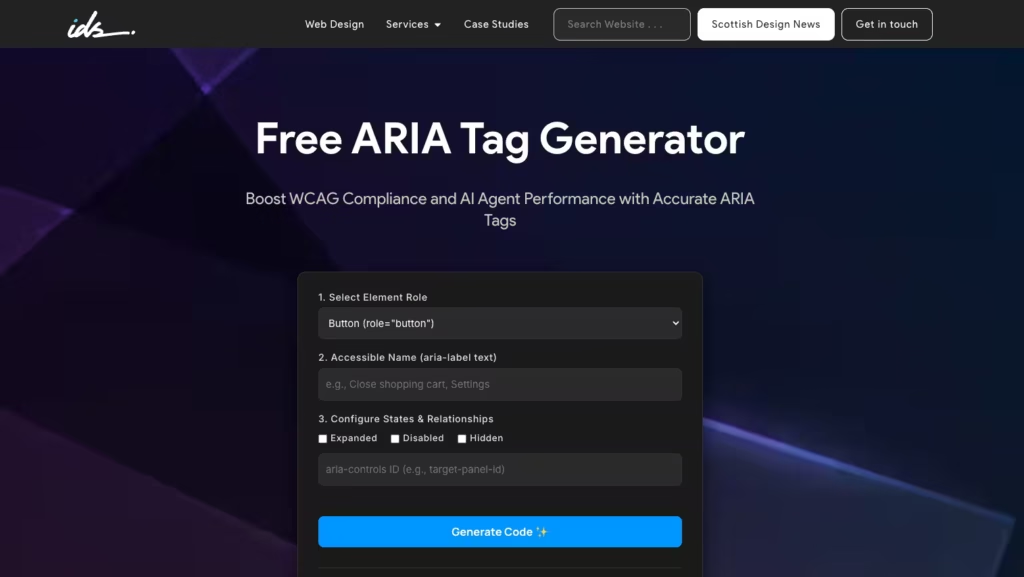
If your project requires HTML or JSX/React attributes, the tool offers direct dual output and even leverages Google API for advanced attribute relationships.
It excels at supporting major ARIA roles, states, and properties, ensuring your components—from buttons to dialogs or grids—are accessible without the need for manual specification checks each time.
The handy plugin streamlines compliance, providing all the necessary code for robust screen reader compatibility in seconds, making it a valuable resource for Inverness professionals and international teams alike.
To try the generator and accelerate your accessibility workflow, visit The Inverness Design Studio’s free ARIA Tag Generator, where you’ll find simple instructions and automated best practice recommendations to get you started immediately.
To illustrate how these different AI tools approach the task of automating ARIA tags here is a brief comparison:
| AI Tool | Primary Accessibility Strength | Ideal Use Case |
|---|---|---|
| ChatGPT Atlas | Generative code creation | Building new components with baked-in accessibility. |
| Perplexity Comet | Content and structure analysis | Enhancing existing content with semantic and ARIA improvements. |
| Google Gemini | Holistic recommendation engine | Auditing and optimising entire pages for compliance. |
| Manus AI | Workflow automation | Integrating accessibility checks into CI/CD pipelines. |
| ZAI | Contextual AI audit | Deep-dive analysis of complex single-page applications. |
Adding ARIA tags to your website in 2026
As the year draws to a close, now is the ideal time to strengthen your website’s accessibility standards with a practical plan. Start by auditing your site using the free ARIA tag generator from our free ARIA generator, which lets you check common code elements and learn best-practice ARIA markup instantly—try it yourself at their dedicated tool page for accessible design: Free ARIA Tag Generator.
For a deeper analysis, platforms like Z.AI offer advanced AI audits, intelligently detecting nuanced ARIA compliance issues and flagging them for improvement.
Focus your initial efforts on dynamic content—areas that update or change without a page reload, such as modals or live notifications. Implementing correct live region attributes here creates a better experience for screen reader users and boosts accessibility standards across your site.
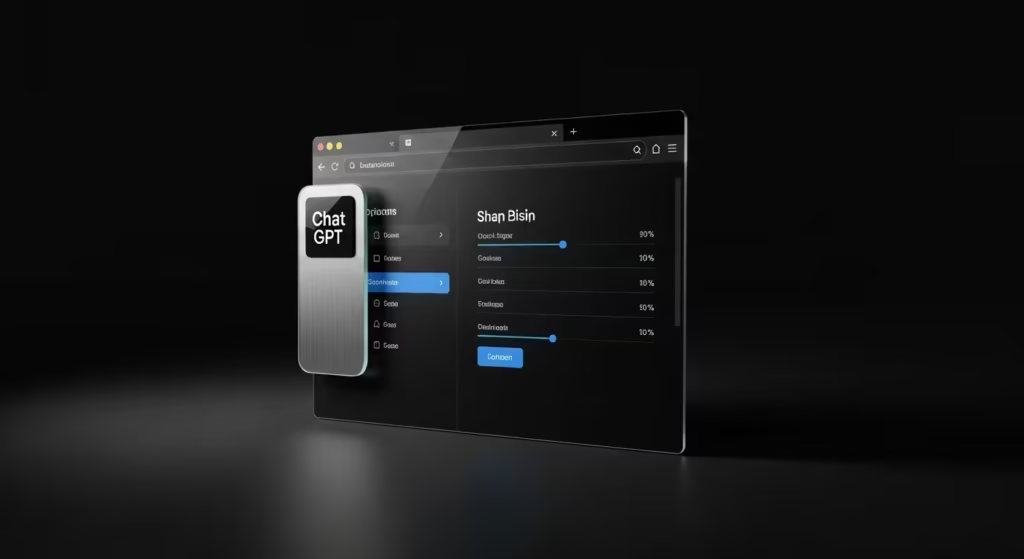
Integrate accessibility checks into every design sprint by choosing an AI tool like ChatGPT Atlas or Google Gemini, and prompt these models for ARIA roles and states whenever generating new front-end code.
Combine automated accessibility testing tools with real-world screen reader tests for reliable results, ensuring your site functions exactly as users expect.
Finally, share your accessibility knowledge and best practices with your clients and team. A great place to find additional resources—ranging from CSS previewers and colour blindness testers to logo designers and dark mode contrast checkers—is Inverness Design Studio’s Free Developer Tools section.
Building a culture of accessibility advocacy keeps your site—and your brand—ahead of evolving standards and helps create a digital world that works for everyone.
Watch the Full YouTube Explainer: AI Agents & ARIA Tags in Web Accessibility
In this comprehensive video, we delve into how AI agents and ARIA tags are revolutionising web accessibility.
Learn what ARIA tags are, why they’re essential for inclusive design, and how to implement them effectively.
We also explore how AI tools like ChatGPT Atlas and Perplexity Comet are automating accessibility audits and enhancing user experiences. Whether you’re a developer, designer, or digital marketer, this video provides valuable insights into creating accessible digital spaces.
Listen to our Podcast: AI Agents and ARIA Tags
Tune in to our podcast episode where we dig into how AI agents and ARIA tags are shaping the future of web accessibility. We unpack what ARIA (Accessible Rich Internet Applications) tags are, why they’re vital for inclusive digital design, and how you can implement them effectively.
We also explore how next-generation tools like ChatGPT Atlas and Perplexity Comet are automating accessibility audits, tagging workflows and helping design studios like ours deliver truly inclusive experiences.
Don’t miss this deep-dive into practical accessibility, AI-driven tooling and inclusive web development.
In Conclusion
By adopting ARIA tags alongside powerful new AI tools, web creators contribute to a digital ecosystem that’s smarter and truly welcoming for every visitor. This ongoing journey of accessibility improvement benefits everyone—not just users relying on assistive technology, but also site owners who enjoy greater trust, enhanced local SEO visibility, and future-ready web standards.
Recent reports show how well-implemented ARIA attributes improve user experience, boost search engine rankings through clearer context, and ensure that websites are compatible across all devices.
Continuous learning and practical implementation of accessibility best practices bring meaningful returns not only in compliance, but in building engaged, loyal audiences.
Inclusive web development is more than policy—it’s a vital aspect of modern brand reputation and technical excellence, fostering trust and ease of use for people from all backgrounds. Embracing ARIA today is a commitment to a future-proof web that works beautifully for all.
